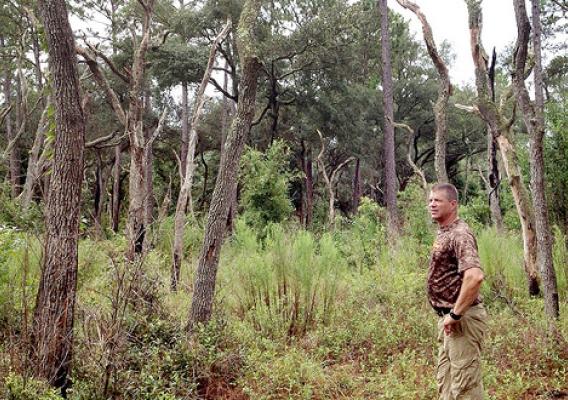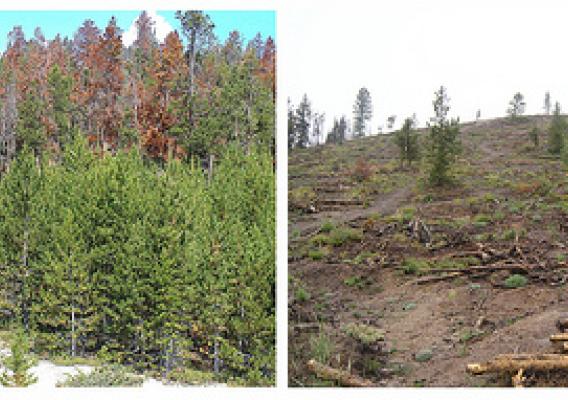The new nutrition standards established by the Healthy, Hunger-Free Kids Act at the US Department of Agriculture represent an important step in America’s fight against childhood obesity and will help promote healthy eating habits for youth in our nation’s schools. These standards promote a balanced diet of additional fruits and vegetables, low-fat dairy products, lean proteins, and whole grains, while eating less sugar, saturated fat, and sodium.
Allyson Felix, member of the President’s Council on Fitness, Sports & Nutrition and three-time U.S. Olympic gold medalist in track and field, tells us how good nutrition has improved her health and gives her the energy she needs to perform like a champion:
“In the morning before I lace up my running shoes, grab my workout bag and head out the door to the track, I always have my go-to breakfast of oatmeal, fresh fruit and a tall glass of water. It’s an absolute must to fuel my body for the work day I have in front of me. I may have a unique job as a professional track and field athlete; however my day is not unlike most. I’m up early rushing between workouts, meetings, events, and additional training sessions and functions in the afternoon and evening. Trying to keep pace with the days demands can be challenging, but giving my body the proper nutrition it needs allows me to maintain my energy and perform at a high level.





